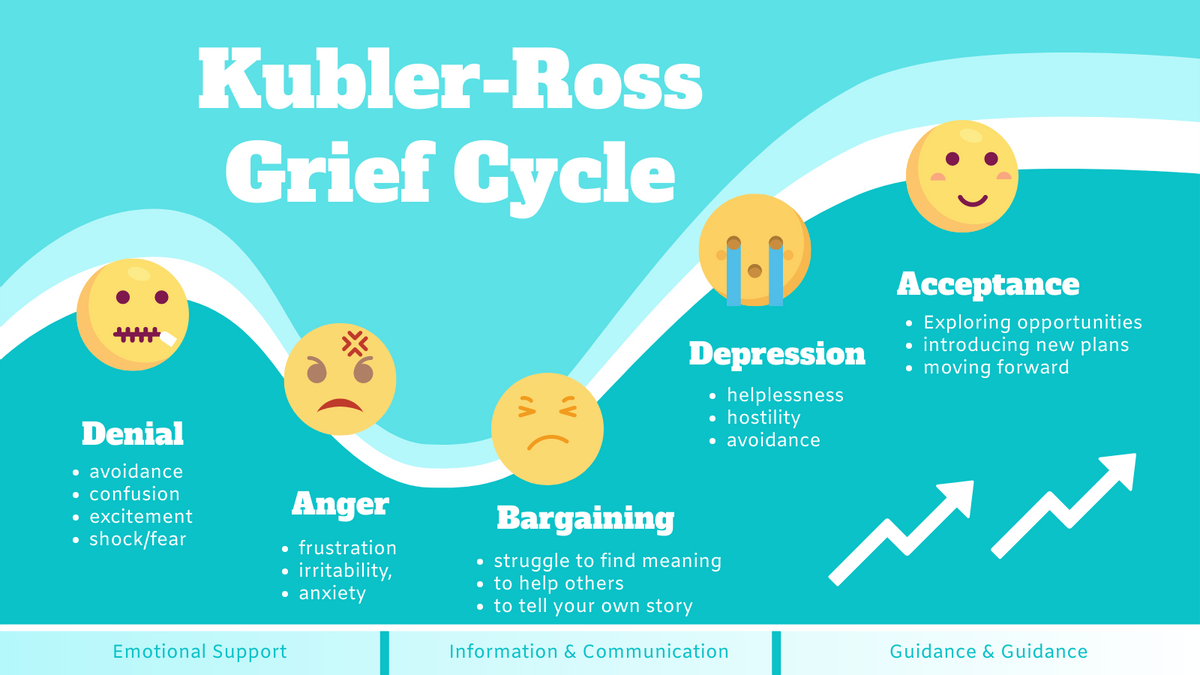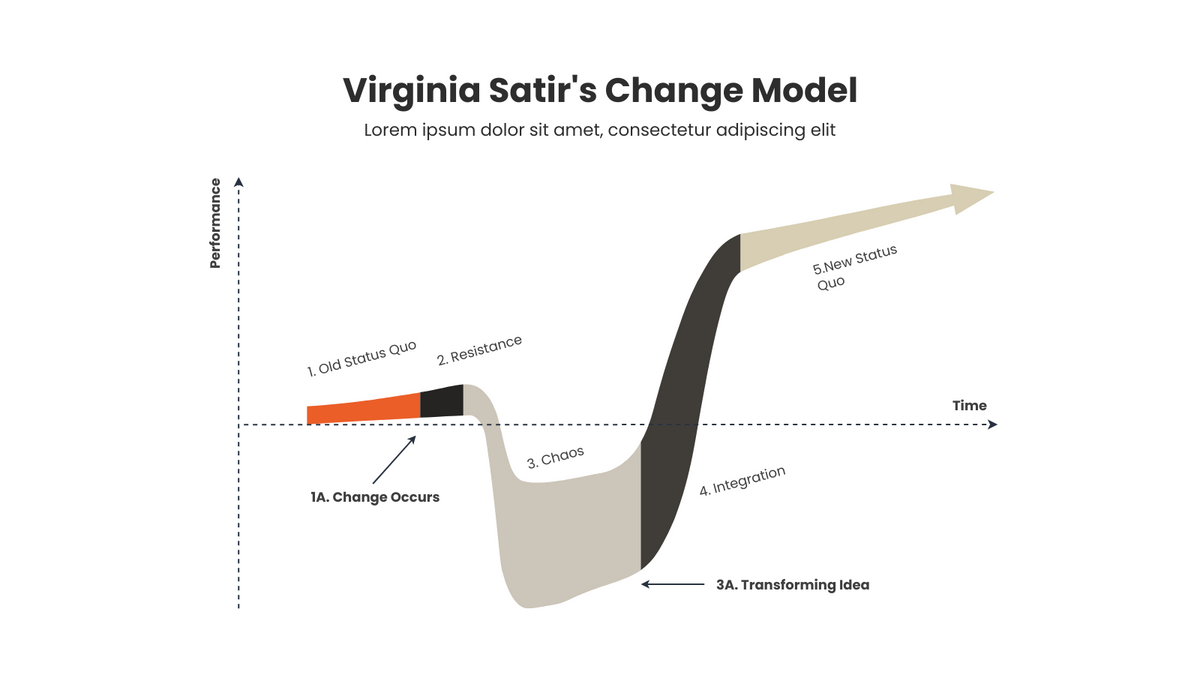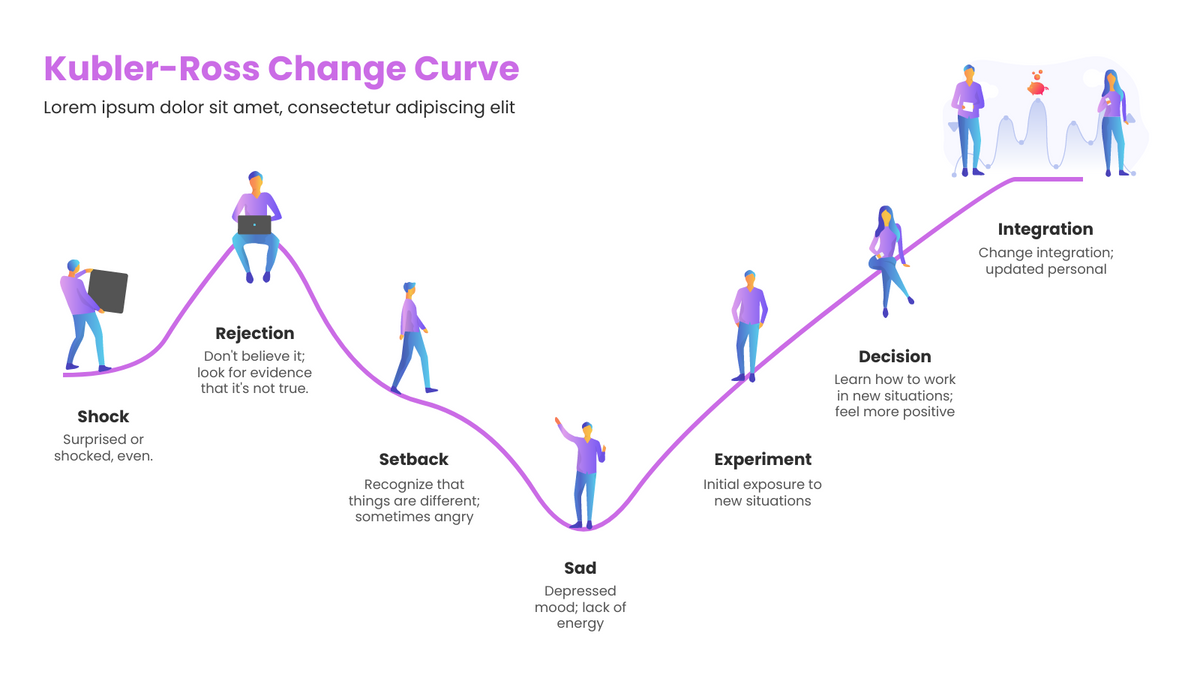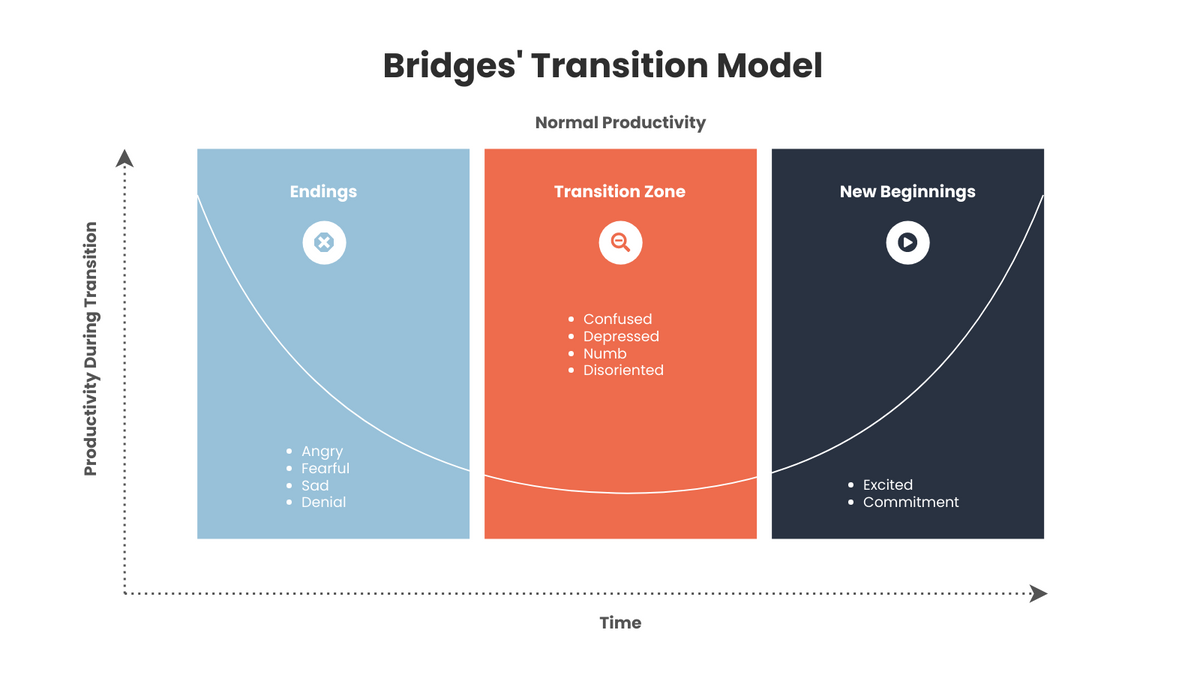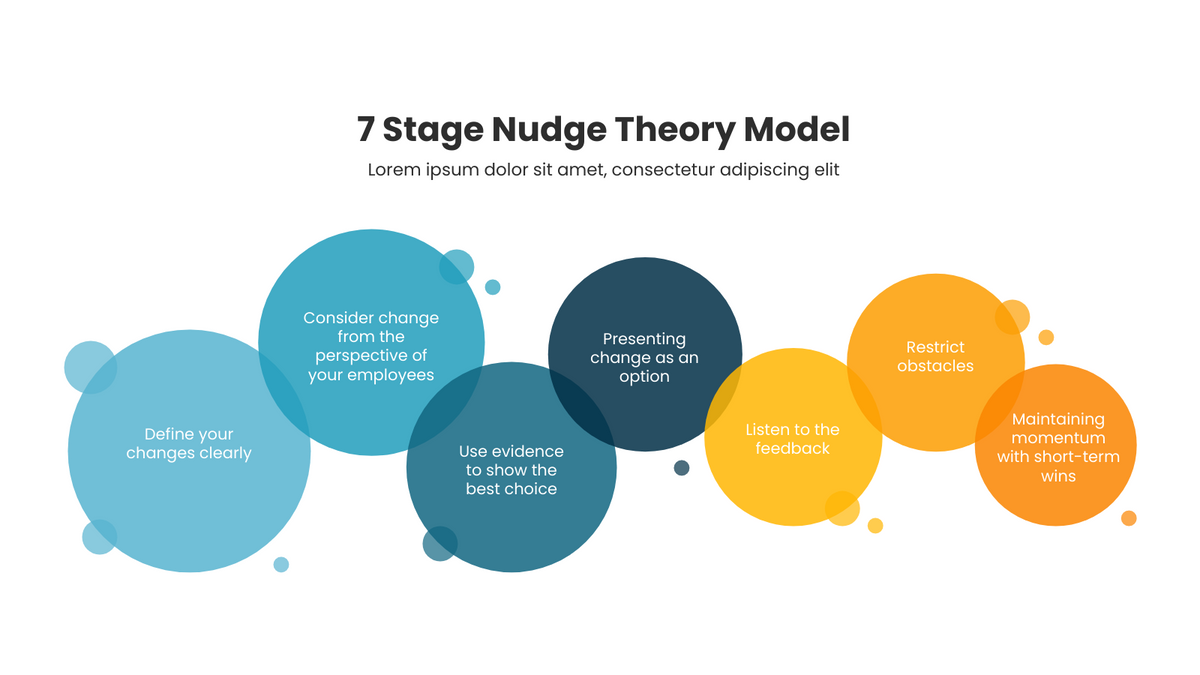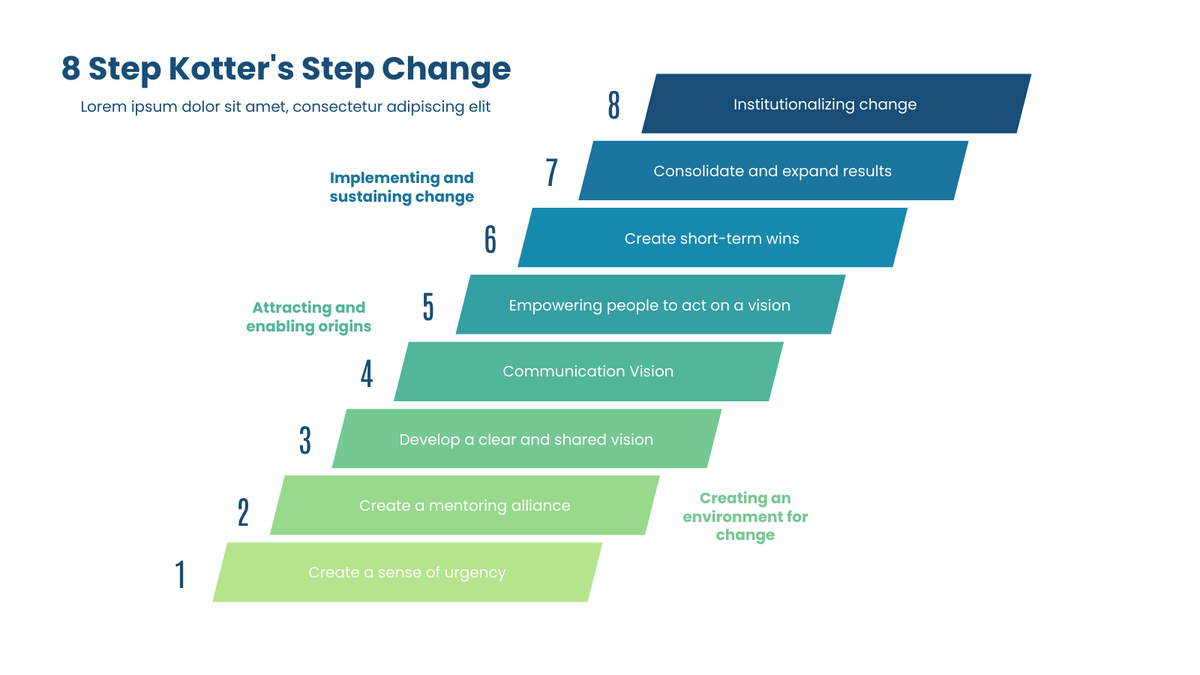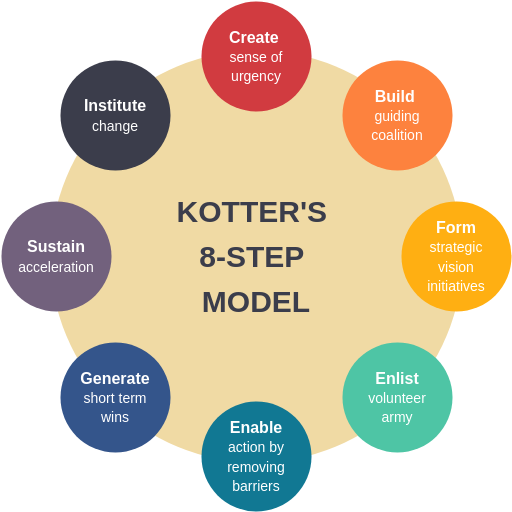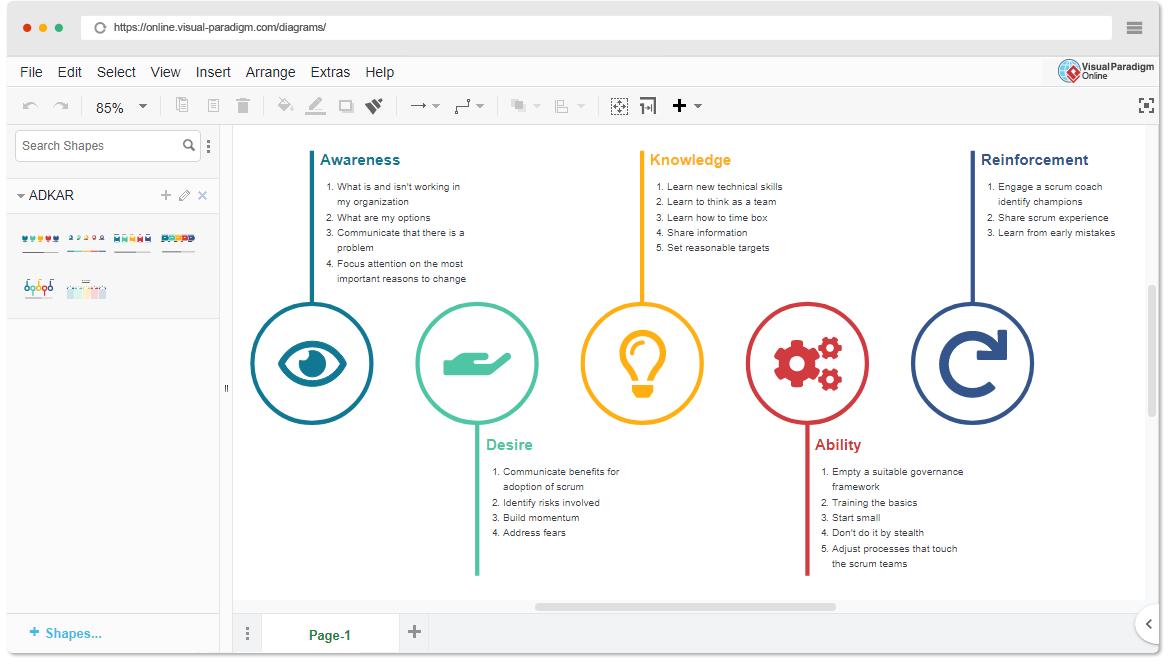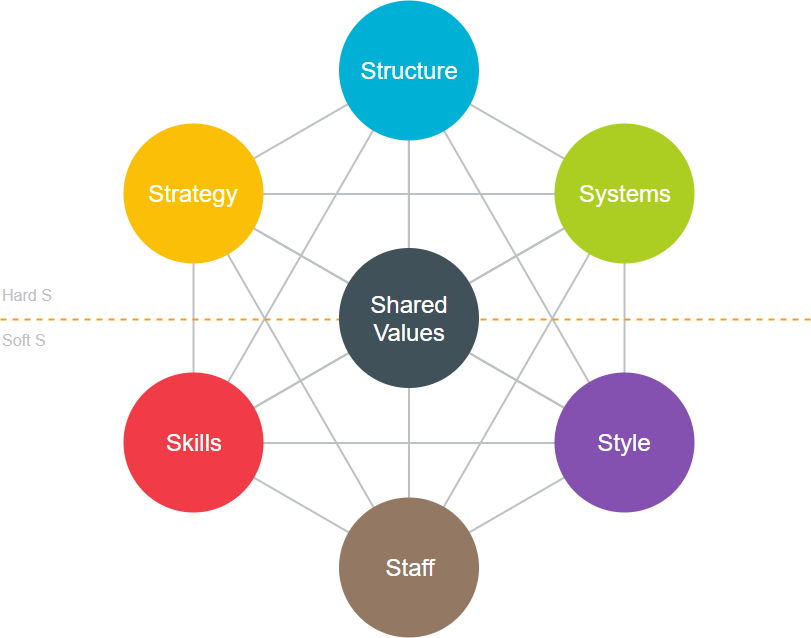پنج مرحله غم چیست؟
«پنج مرحله غم و اندوه» از فردی به فرد دیگر متفاوت است و برخی از افراد ممکن است تنها چند مرحله از این مراحل را طی کنند. دیگران ممکن است در "افسردگی" گیر کنند و حتی تصمیم بگیرند به زندگی خود پایان دهند و هرگز به نقطه "پذیرش" حقیقت نرسند. مراحل. با درک "پنج مرحله غم" می توانید به خود کمک کنید تا وضعیت فعلی خود را بررسی کنید، راه هایی برای مقابله پیدا کنید و سریعتر از سایه غم خارج شوید. گاهی تغییر ذهن، تغییر فکر، کلید «پذیرش» است.

